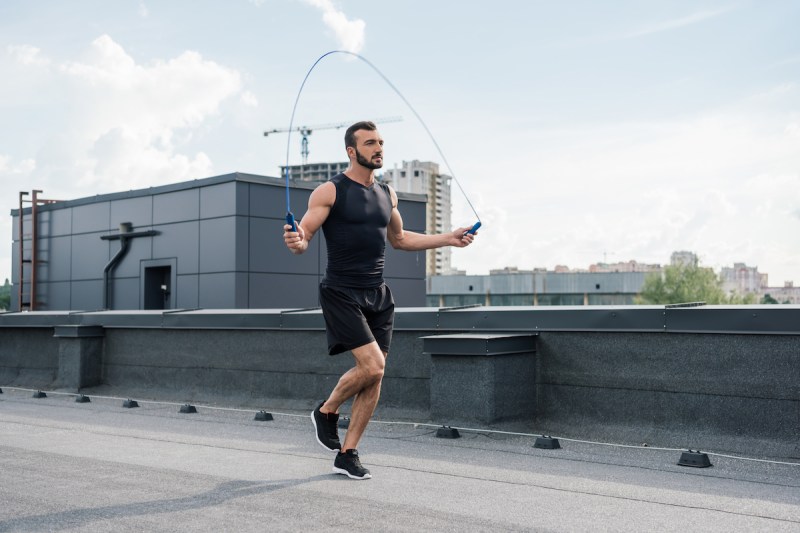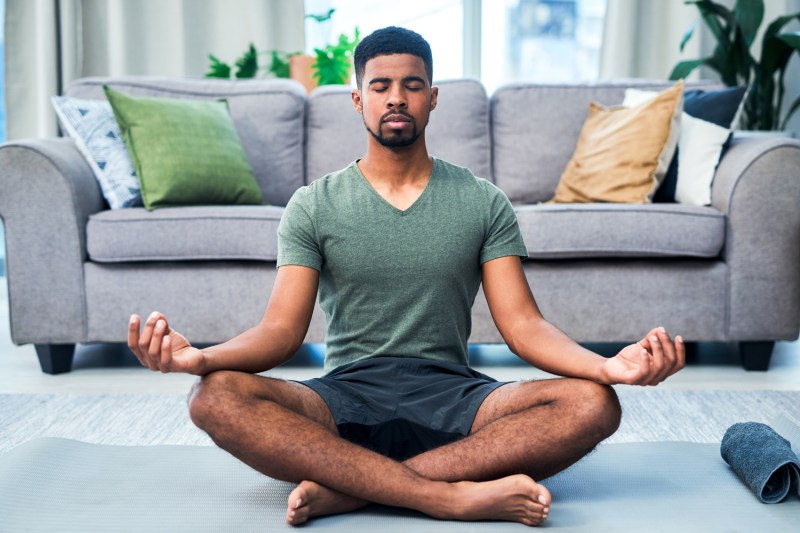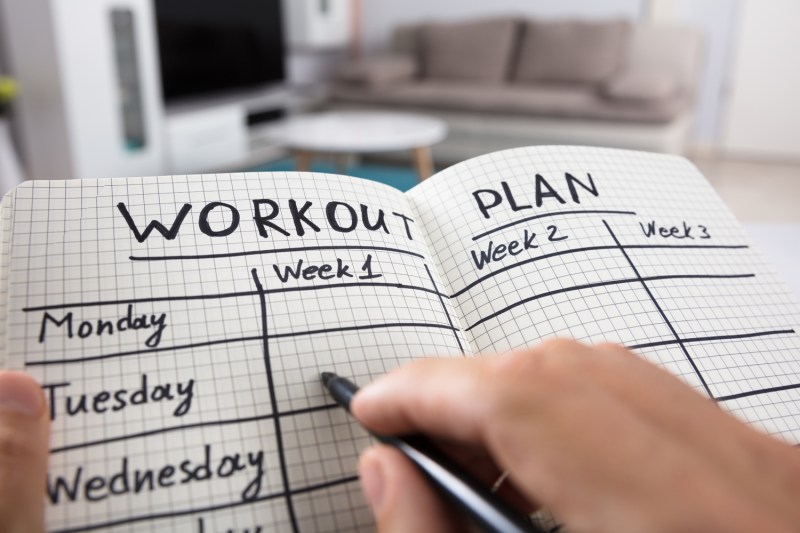
Maintaining a consistent workout routine can be challenging, and sometimes it can lead to burnout, even with a great routine. Burnout symptoms can be physical or mental, and they can impact your overall health and fitness goals. The good news is that there are ways to prevent burnout in your workout routine.
In this article, we’ll explore some common burnout symptoms and provide solutions to help you stay motivated and healthy.
Lack of motivation

One common symptom of burnout is a lack of motivation. You may feel like you’re going through the motions, or you may not be excited about your workout routine anymore. This lack of motivation can lead to a decrease in the intensity or frequency of your workouts, which can, in turn, negatively affect your progress.
Solution: Mix it up
One way to combat a lack of motivation is to mix up your workout routine. Try incorporating new exercises or activities to keep things interesting. You can also switch up the time of day or location of your workout to add variety.
You could try adding a fun outdoors activity, like hiking, to your routine, and switch back and forth between that and a more standard gym workout. Additionally, setting short-term and long-term goals can help you stay motivated and focused.
Plateauing

Plateauing occurs when you’ve reached a point where you’re no longer seeing progress in your fitness goals. This can be frustrating and lead to a loss of motivation. When you reach a plateau, it may be a sign that your routine has become too routine.
Solution: Change your intensity
To break through a plateau, consider changing the intensity of your workouts. You can increase the weight or resistance of your strength training exercises, decrease the rest time between sets, or add interval training to your routine. You can also add another high-intensity activity to your workout. Changing your intensity can help you challenge your body and stimulate progress.
Being irritable or snappish

When you’re experiencing burnout, you might feel like you’re always on edge and quick to snap at others. This is because your body is in a constant state of stress, and it can be challenging to regulate your emotions. The frustration that often comes with burnout, such as being frustrated that you aren’t progressing in your goals or that you have no motivation, can contribute as well.
Solution: Be kind to your body
To combat irritability and moodiness, it’s essential to prioritize self-care. Make sure you’re getting enough sleep, eating nutritious meals, and taking time for yourself to relax and recharge. Practice stress-management techniques, such as meditation or yoga, to help calm your mind and alleviate tension.
Additionally, consider seeking support from a therapist or counselor to work through any underlying emotional issues that may be contributing to your burnout. By being kind to your body and mind, you can improve your mood and prevent burnout from taking over your life.
Physical exhaustion

Physical exhaustion is another symptom of burnout that can impact your workout routine. If you’re constantly fatigued or experiencing muscle soreness, you may be overtraining or not allowing enough time for rest and recovery. If you’re so exhausted or sore that the rest of your life suffers and you’re not experiencing a pleasant burn and a bit of tiredness after a good workout, you may be pushing yourself too far.
Solution: Rest and recover
To prevent physical exhaustion, it’s essential to allow your body time to rest and recover. Make sure to take rest days, stretch before and after your workouts, and prioritize sleep. You can also incorporate recovery methods such as foam rolling or massage to help alleviate soreness and promote relaxation.
The Mayo Clinic has good basic advice for how to maintain enough activity while avoiding burnout, although it’s designed more for ordinary people than for gym buffs and powerlifters.
Mental exhaustion

Mental exhaustion can also impact your workout routine. If you’re feeling stressed or overwhelmed, it can be challenging to find the motivation to exercise. A good workout routine should energize your mind and help you think through things. However, when you overdo it, it can leave you with no energy for mental work or for your workout. You could also be working too hard in your regular work or school life and not leaving yourself enough energy for exercise.
Solution: Incorporating mindfulness techniques
Incorporating mindfulness techniques such as meditation or yoga can help reduce stress and improve your mental health. You can also try visualization techniques to help you stay motivated and focused on your goals. Prioritizing your work and taking some things off of your plate, or taking more time to rest, may also be needed.
Lack of time

A lack of time can also contribute to burnout in your workout routine. If you’re struggling to find time to exercise, it can be easy to skip workouts altogether. You might also be tempted to rush, which can lead to pushing yourself too hard or not completing your full routine.
Solution: Prioritize your time
To make time for exercise, it’s important to prioritize it in your schedule. You can try waking up earlier or scheduling workouts during your lunch break. You can also consider shorter, more intense workouts that can be done in less time.
Difficulty sleeping

Burnout can lead to difficulty sleeping, as your body may feel wired and restless, even when you’re physically and mentally exhausted. This can be caused by a workout that’s too intense or by stress from other things in your life.
Solution: Establish a routine
To prevent burnout-related sleep issues, it’s essential to establish a consistent sleep routine. Try to go to bed and wake up at the same time every day, and avoid stimulating activities before bedtime, such as watching TV or using your phone.
You can also try relaxation techniques like deep breathing or yoga to calm your mind and promote better sleep. Even the food you eat can have a big effect on how well you sleep. If you continue to experience difficulty sleeping, you may want to speak with a healthcare provider to rule out any underlying medical issues.



